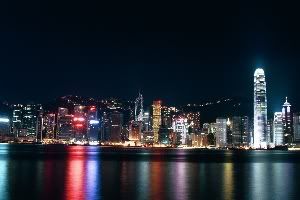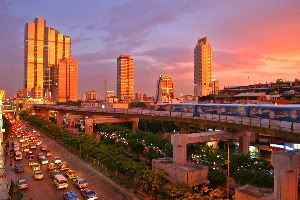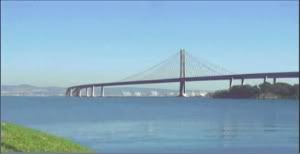Philadelphia

| |
|---|---|
| Motto Philadelphia, Where the World Comes Alive | |
| Population | 52,745,103 |
| District(s) | Aberdeen Charleston |
| County | Aberdeen |
| Republic | Bennington |
| Country | United Kingdom of Azazia |
| Post Town | Philadelphia |
| Postal Code | PH, PE, PW, AB, CK, DO |
| Parliament District | Aberdeen Charleston |
Philadelphia is largest city in the Republic of Bennington, and the second-largest in the United Kingdom with a population of over 52 million in the immediate environs, and 87 million including the surrounding metropolitan area. Once the so-called capital of the American colony in the United Kingdom, the city has become one of the UK’s leading financial and cultural centres that is blossoming into a truly world city.
Ranked as the No. 1 “Most Livable City in the United Kingdom” in the 2005 edition of the annual Urban Review, Philadelphia enjoys a temperate climate, white sand beaches and a coastline that glitters with glass and gold.
Contents
History
Geography
Physical Geography
Climate
Environmental Issues
Government
Economy
Demographics
Culture
Transportation and Infrastructure
Home to one of the largest inter- and intra-urban transportation systems in the United Kingdom, if not the world, the city of Philadelphia has attempted in the past several years to steadily decrease its dependence upon personal automobiles. The older sections of the city, primarily the central business district, have few areas left in which they can expand their infrastructure for automobiles, i.e. more roads, double- and triple-decked highways and so the city has implemented a plan to charge tolls on the most heavily traveled roads within the city’s most congested cores.
 Sky-Rail Headed Towards the Aberdeen District |
|---|
According to the city’s Transportation White Paper (2003), the fares collected will help finance a major plan to re-design and re-vitalise the city’s mass transit system with higher capacity systems primarily of the light-rail variety. With nearly five hundred kilometers of light rail tracks already laid in the city, primarily underground, expansion is set to occur above city streets. The White Paper of 2003 called for the establishment of a radial system that would carry passengers into and out of the central cores of Philadelphia at an extremely fast, but safe, rate of speed.
Not all of the city’s needs, however, can be met by simple rail and road plans for as one travels south the city is slowly split ever further apart by the Bay of Philadelphia, which hosts His Majesty’s Station Philadelphia as well as the busy Port of Philadelphia. To the north of the bay near the mouth of the River Cerisa the Norman Baker Bridge, a combined railway-road bridge that utilises a self-anchored suspension design for its main span, was opened in early 2005 to replace an aging causeway that had to that time hindered the transit of larger ocean-going freighters and tankers further upriver to the heart of Philadelphia.
 Norman Baker Bridge Crossing the Bay of Philadelphia |
|---|
Yet, the need of the Royal Navy to operate its massive warships in the bay require tunnels to be built under the sea bed in conjunction with dozens of ferry ports for cheap connections to reach the two sides of the city. In the late 1990s the city privatized the ferry companies and tunnel operators as part of Parliament’s sweeping economic reforms that sought to bring new life into stagnant industries. And while crossing the Bay still requires a significant amount of time, the new tunnels, bridges, and ferry routes greatly alleviate the prior headaches of long commuters or vacation sojourns.
Lastly, Philadelphia-based companies operate five major airports, eleven regional airports, and fourteen heliports that handle upwards of 200 million persons per year, cementing the city as the transportation hub for the eastern United Kingdom. With the enormous distances to be traveled between the Azazian Archipelago and the nearest continent, air travel has been for decades the fastest means of travel on an international level. However, with the advent of the personal plane in 2002 by the Chesterbrook Aviation Ltd., average citizens can fly cheaply on small-scale airlines that perform island hopping services to the UK’s hundreds of islands, and those without airports are made accessible by helicopter ensuring that the whole of the United Kingdom is within reach. And from Philadelphia the ability to reach the UK and the world is merged into true convenience.
Sister Cities
- Loviz, Royal Crown Colony of Novikov (formerly the independent state of Novikov)
